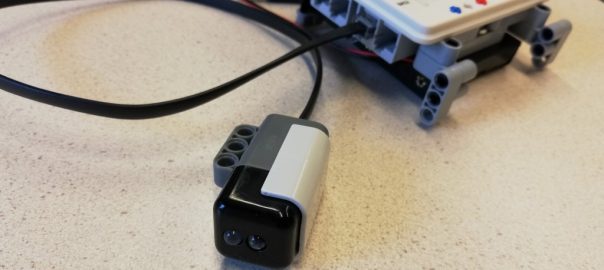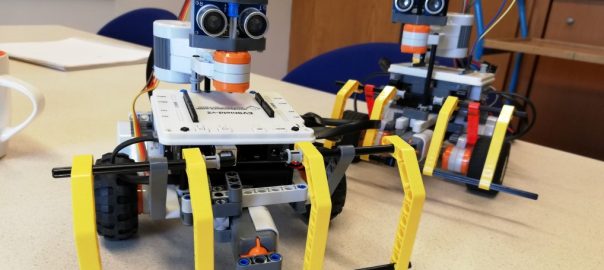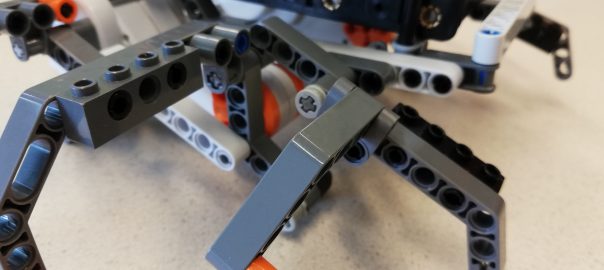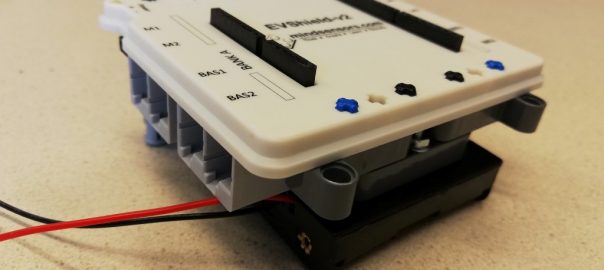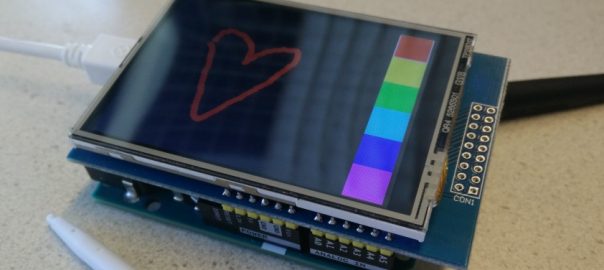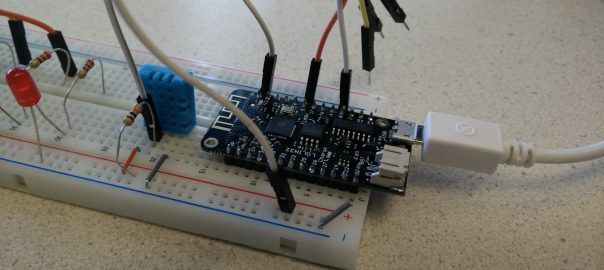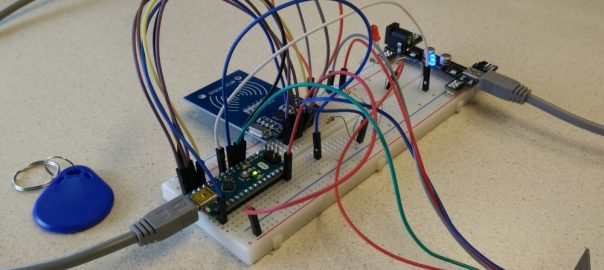
Working in a project team: divide tasks and roles
Getting started as a project team can often be chaotic and unclear. To quickly establish some structure, first divide roles. Roles can be various, adapted to the kind of team you are. For instance for a student project team, working together on a design assignment, start with at least a chairman, a secretary and a … Continue reading Working in a project team: divide tasks and roles
